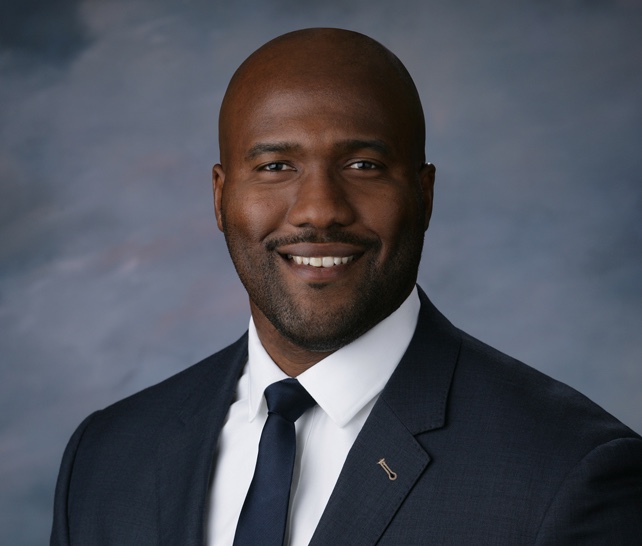The framework breaks down strategic planning into four essential elements: Context, Objective, Strategy, and Action. When signs indicate our strategic plan needs modification, I ask four corresponding questions that help pinpoint exactly where the change needs to occur.
First, has our context changed? Context represents the foundation of any strategy—the "why" behind our decisions. It encompasses everything from member needs and competitive landscapes to emerging technologies and regulatory shifts. Sometimes, contextual shifts can be seismic. Take the emergence of generative AI, for example. Before ChatGPT and its competitors, financial institutions primarily relied on human interaction or predetermined responses to handle member/customer inquiries. Now, we can offer personalized financial advice 24/7 through AI-powered systems—a fundamental shift that demands a complete rethinking of service delivery strategies.
If the context remains stable, we next examine our objectives—the "what" we are trying to achieve. Objectives are our desired end states, typically paired with quantifiable metrics. For instance, if we aim to increase member loyalty, we might set a specific net promoter score as our target. Objectives rarely need adjustment unless they prove unrealistic or irrelevant to our current context.
The third question addresses strategy—the "how" behind achieving our objectives. Think of strategy as your chosen path to success. Two organizations might share the same objective of increasing member loyalty, but one might pursue it through enhanced in-person services while another focuses on digital excellence. These different strategies lead to distinctly different decision-making patterns and resource allocations. When a strategy proves ineffective, we must reconsider our approach, often by returning to our context and examining member needs, competitive pressures, and regulatory constraints.
Finally, we look at actions—the tactical decisions that execute our strategy. Using a fitness analogy, if your strategy is to run a marathon to lose weight, your actions might include joining a running club, investing in proper shoes/clothing, or choosing between daily short runs or weekly long runs. When other elements of the plan remain sound, adjusting these tactical decisions can often put us back on track.
The beauty of this framework lies in its ability to isolate the specific component requiring attention. Rather than scrapping entire strategic plans when problems arise, organizations can focus their efforts on the precise area needing adjustment. This targeted approach saves time, resources, and organizational energy while maintaining strategic momentum.
In today's rapidly evolving business environment, the ability to adapt strategic plans efficiently and effectively is not just a nice-to-have—it is a crucial capability for sustained success. The Smart Strategy framework provides a structured approach to this challenge, ensuring that changes to strategic plans are both purposeful and precise.
Kevin Martin
SchoolsFirst FCU
Kevin joined SchoolsFirst Federal Credit Union in May 2013 as the Senior Vice President of Organizational Performance and Strategic Planning. His responsibilities included leading the Credit Union’s strategic planning and implementation functions, as well as monitoring overall performance, anticipating concerns and leading the change needed to ensure enduring financial strength. In the EVP role, Kevin’s responsibilities expanded to overseeing Member Experience, which includes identifying ways to continue and advance world-class personal service delivery and integrating those service insights and improvements across the enterprise. ...


Comments
Post a Comment
Please no profanity or political comments.